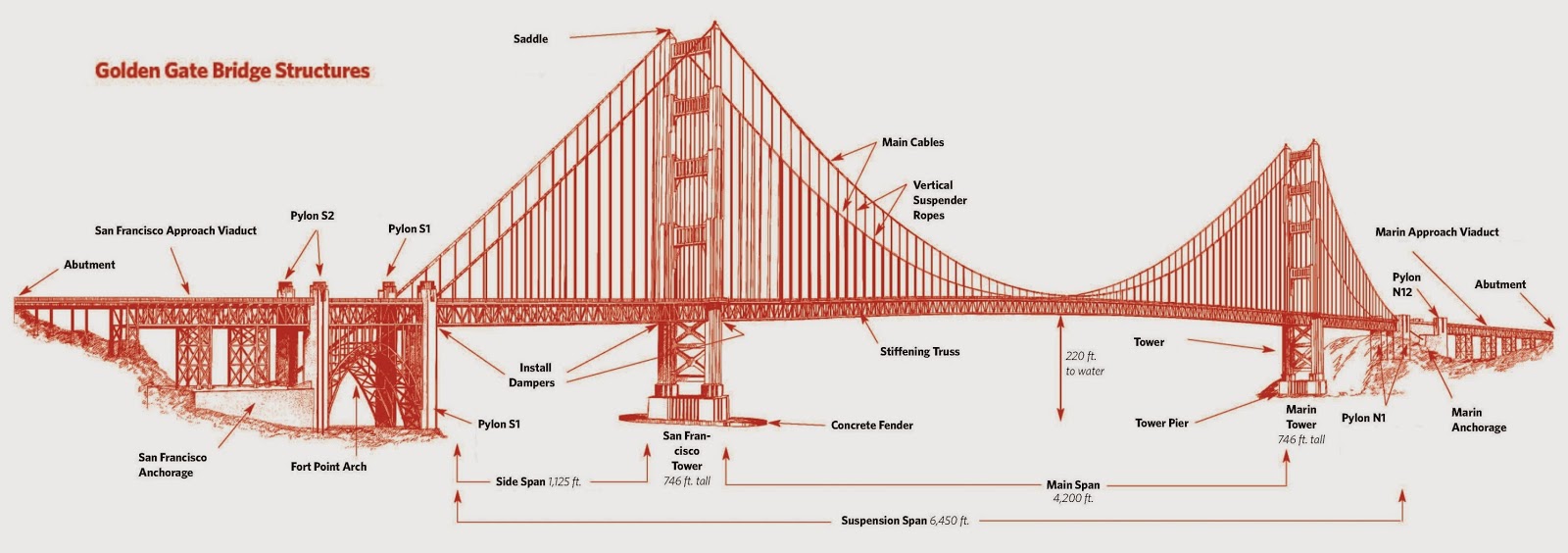
San Francisco boasts so many iconic images that it’s hard to isolate one that best represents the city. When you hear the name San Francisco, do you picture the famous cable cars? The Golden Gate Bridge? Chinatown? Alcatraz? Lombard Street? The Mission District? Haight Ashbury? While historical structures dominate the list, San Francisco is the furthest thing from a city stuck in the past. From the Presidio and the Golden Gate Bridge across the Bay to Alameda and Oakland, the area is bristling with construction projects. The city is looking up—literally. Between the Mission District and Nob Hill, twenty high-rise projects are underway or recently completed. Walk the streets and you may notice a lot of spray painted markers on the ground, harbingers of future projects. Utility location in San Francisco keeps technicians hopping these days. Having a picture of the subsurface is crucial to any construction, renovation or demolition plan. The use of ground penetrating radar (GPR) and concrete scanning to map out what lies below helps insure the safety of any construction project.
All those strange markings used for utility location in San Francisco may look like hieroglyphics to a layman, but to contractors they paint a picture of what’s beneath the surface. Each color corresponds to a different type of utility and follows a code universal to utilities across the country. For example, a blue mark means a potable water line lies buried beneath it; a yellow mark indicates the presence of pipeline carrying natural gas, petroleum, or some other flammable material. Knowing where such subterranean obstacles lay buried is crucial in the prevention of anything from a costly construction delay or the interruption of a vital utility service to a catastrophe, such as a major explosion. In 1976, before the commercial use of concrete scanning, such an explosion occurred when a gasoline pipe was accidentally cut near Culver City, California killing nine people.
In a modern city as densely populated as San Francisco, the ground beneath is full of potential pitfalls. Utilities create a bewildering maze of obstacles that must be pinpointed before digging may proceed safely. Telecommunications and electric lines, potable water, drainage, oil and gas pipes, alarm systems—all of these utilities compete for space in the subsurface. One call utility location in San Francisco brings all companies known to have lines on the site of a proposed construction project to the location within two days. However, their markings reveal only the approximate area (within 24” on either side of the mark) and not the depth at which something is buried. Add to the equation the existence of old sewers, pipes, and tunnels that don’t appear on any map and that have been long out of service and you quickly see the need for concrete scanning.
Concrete scanning and GPR provide images in real time, letting you see the location of such obstructions as plastic pipes, conduits and metal reinforcement. It can measure the depth of concrete, reveal possible deterioration, and locate potentially problematic voids. Generally, concrete scanning can penetrate about two feet using high frequency, which produces the clearest resolution. In soil, GPR can vary widely in depth penetration, depending on soil composition. Whether in soil or concrete, using skilled GPR technicians to safely tease out subterranean secrets will help avert potential problems.
